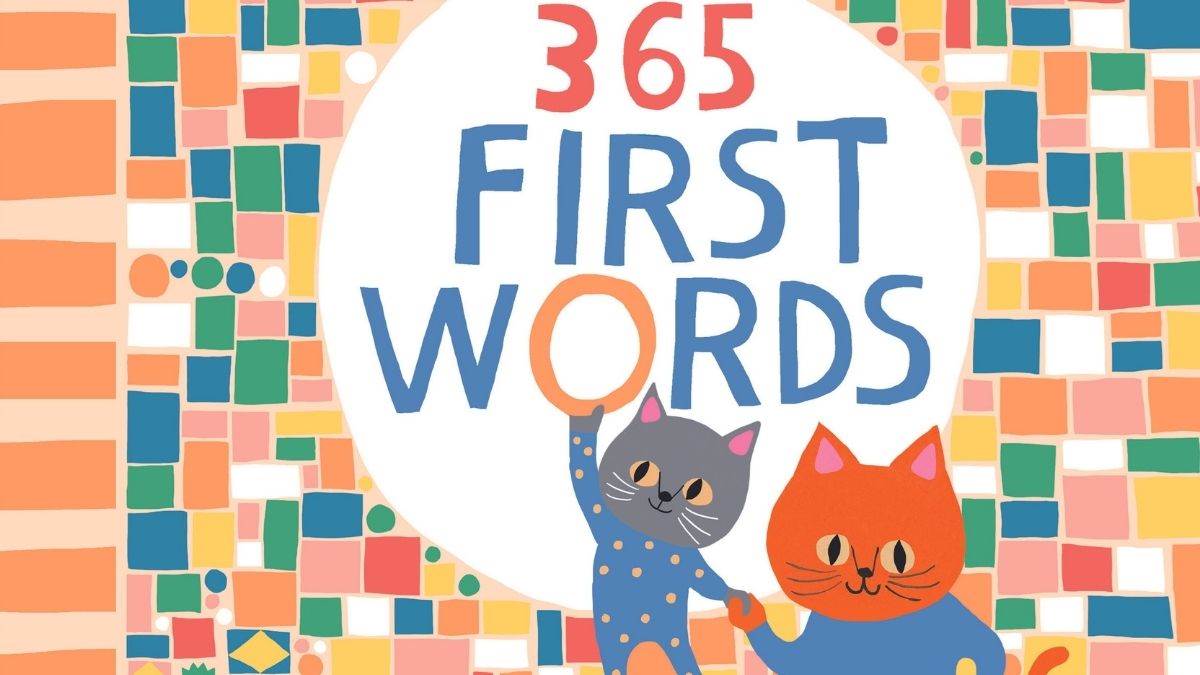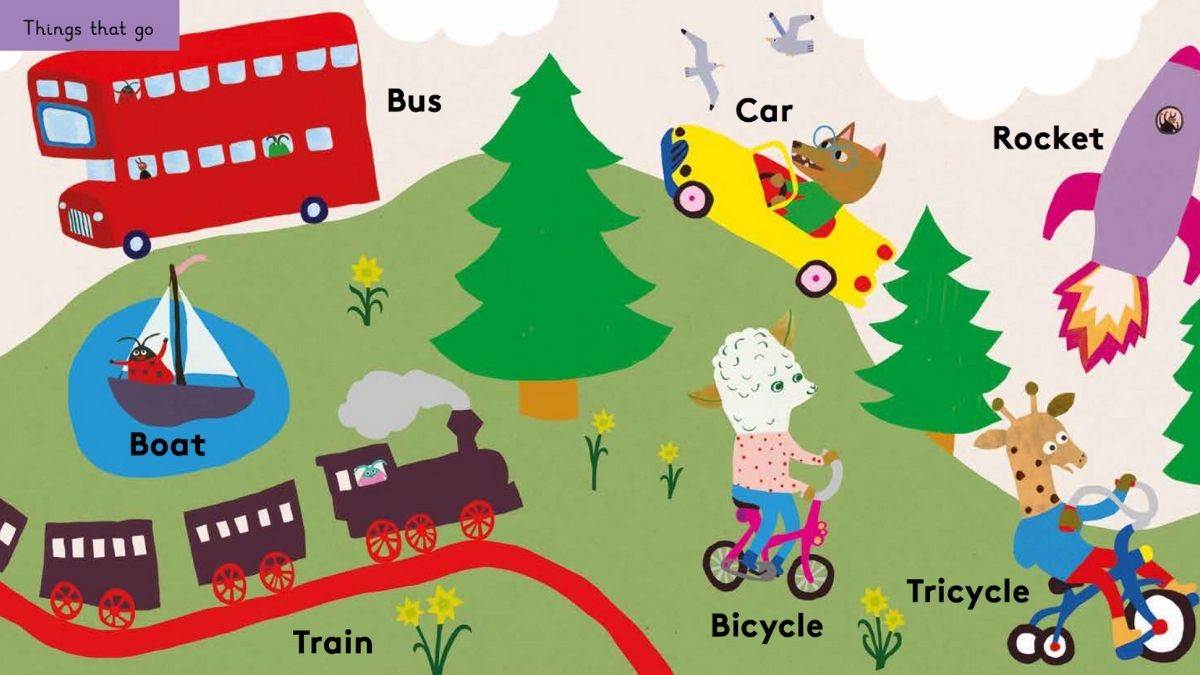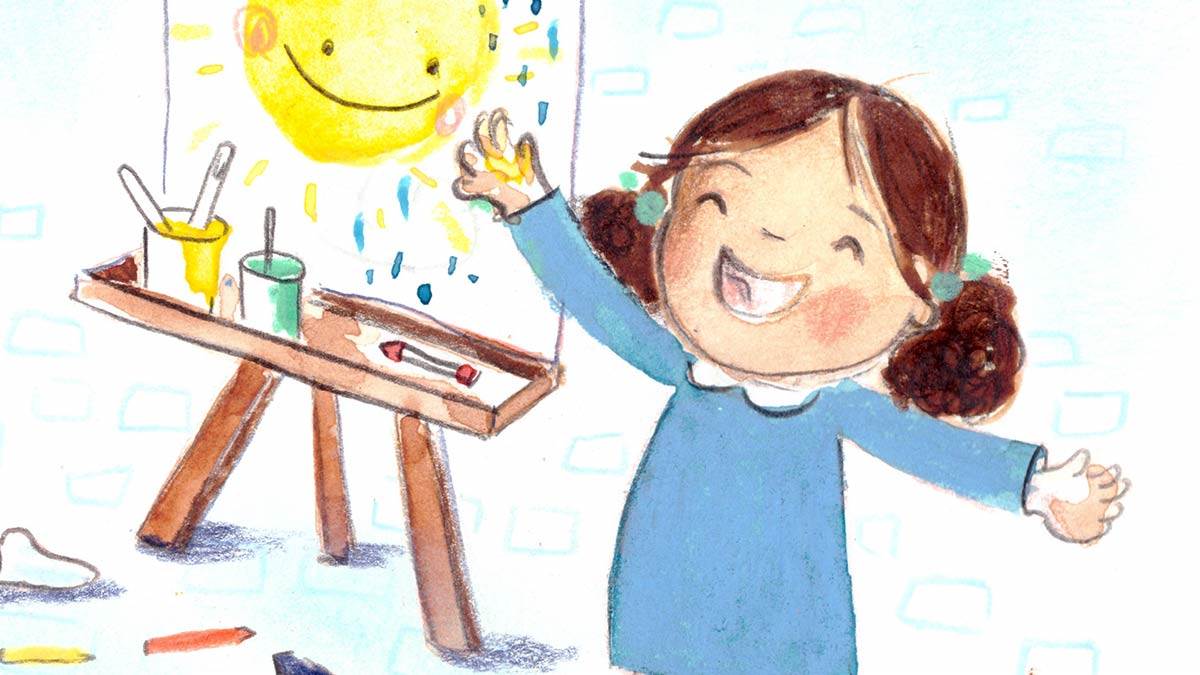10 tips for helping children learn their first words
Published on: 04 January 2022
It's never too early to read with a child! Dr Meredith Rowe, Professor of Early Learning and Development at Harvard University, has some expert tips on reading habits you can share together that will help little ones expand their vocabulary and make reading a fun experience.

The Little Word Whizz series is a visual encyclopedia of words that gives early readers a chance to learn a new word every day of the year. Each fully illustrated scene provides a fun and supportive platform to introduce children to words which will fire their imagination, help them label their emotions and extend their vocabulary which is an essential ingredient for learning to read and school success. And when a child knows more words it means they have more knowledge about the world.
Children love books, and they love spending one-to-one time sharing books with their caregivers.
One of the best ways to support your child and provide them with a solid foundation for learning is to build their understanding and knowledge of language. For decades, studies have shown the established link between a child’s vocabulary size and academic success, and more recent studies have also shown a link to fewer anxiety-related issues, too.
By engaging in a simple reading activity every day, you are helping to give your child the best start in life.
Here are ten pointers to give you the confidence to help a child build their vocabulary as they learn their first words:
1. Speak with your child
The quality of your interactions with your child is one of the biggest factors influencing their vocabulary. There are 365 words in 365 First Words, so you can use this book to introduce your child to the words and concepts, and then use those same words in conversations with your child as you go through your day. Help your child take a turn in the conversation by asking questions.
2. Explore a world of words together
Young children have brains that soak up every experience, and they benefit from exposure to lots of words. Use the same words in all different kinds of sentences. See how often everyone in the family can use each word in everyday conversation.
3. Fire their imaginations
Talk about what interests your child as it is more likely your child will pay attention and learn a new word. For example, if your child is interested in playing with cars, you can model words like ‘push’, or ‘fast’, or if they are interested in playing with a teddy, you can model words like ‘head’, or ‘nose’.
 Illustrator: Monika Forsberg
Illustrator: Monika Forsberg
4. Say it again
Repeat words for your child on different occasions so it gives them more opportunities to hear and understand new words. A young child typically needs to hear a new word four to twelve times before it is added to their vocabulary, and children’s understanding of words precedes their use of words.
5. Repeat and perfect
As your child attempts to pronounce new words, encourage them by repeating back what they’ve said, gently correcting any mispronounced sounds. For instance, if they point and say “Tat”, reply with enthusiasm, “Yes, that is a cat, well done!”
6. Use pictures
Teach your child new words with pictures to help them visualise them. Each word in 365 First Words is positioned next to a correlating picture which will help teach your child the meaning of new words and to also pay attention and engage in a learning activity for short periods time. Also, be sure to label the pictures your child is looking at or interested in.
 Illustrator: Fiona Lumbers
Illustrator: Fiona Lumbers
7. Explain what a new word means
Try to give new words context and explain their meaning using plain language to build your child’s understanding of new words. For example, if you using 365 First Words and are looking at the page on vehicles, and introduce the word ‘car’, you could say something like “Can you see the car? Bear uses it to drive to places. It can go very fast!”
8. Actions can speak louder than words
Accompany your words with actions, gestures or facial expressions to help your child understand the meaning of the words. For example, if you are modelling the word ‘sleep’, you could point to the picture of someone sleeping, or you could do a sleeping action (like hands under your head) so that your child understands what the word means.
9. Build on their success
As your child points to things, label the items they do not yet know the names of. When your child correctly labels items themselves, encourage them to build their vocabulary further by acknowledging their success and adding new words: “Yes! That’s a bike. A shiny red bike.”
10. Let them grow at their own pace
Every child learns different things at a different pace, so try not to compare your child with anyone else’s. Your little one will start talking when they are ready and, before you know it, they will be talking as a way of exploring the world in a whole new way.
Dr Meredith L. Rowe is the Saul Zaentz Professor of Early Learning and Development at Harvard University’s Graduate School of Education. The Little Word Whizz series is illustrated by Monika Forsberg.
Topics: 0-1 year, 2-3 years, Early learning, Features





